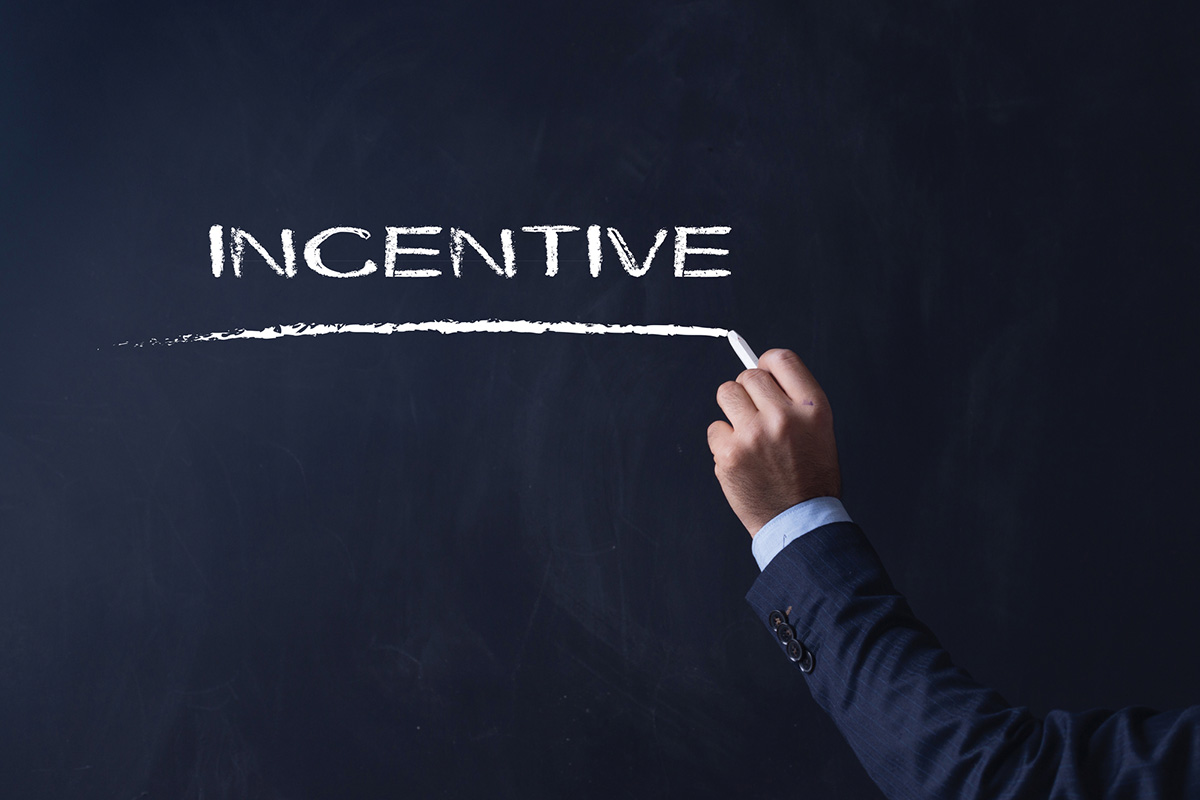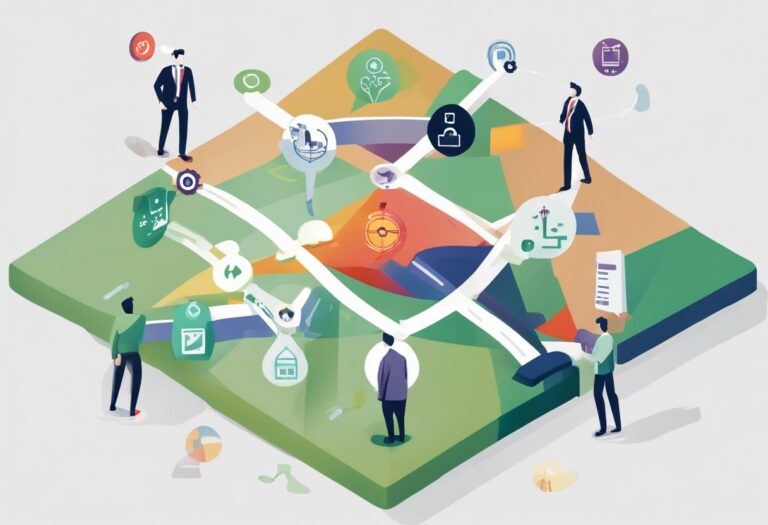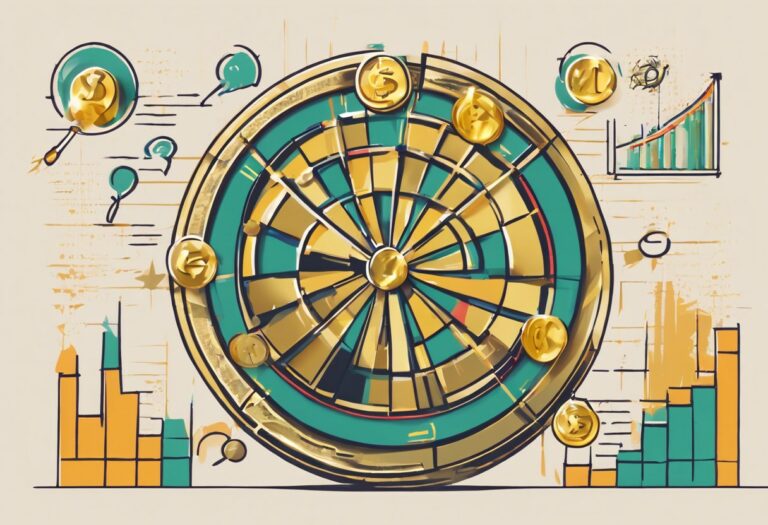What Is a Spiff in Sales: Meaning and Definition

In the dynamic world of sales, understanding various strategies and tools is crucial for success. Among these, the concept of a “spiff” often arises, intriguing many with its unique approach to motivating sales teams.
This article dives into what a spiff in sales means, its advantages, best practices for implementation, potential challenges, and some creative examples to consider.
What Is a Spiff in Sales?
A spiff in sales is a special incentive offered to salespeople, above and beyond their regular commissions, for selling specific products or achieving certain targets. The term “spiff” is believed to be an acronym for “Special Payment Incentive for Fast Sales.” For example, a company might offer a $50 spiff to sales representatives for each new customer they sign up for a particular service within a set period.
The Advantages of Implementing Spiffs
Introducing spiffs in a sales environment can bring various benefits. Let’s explore some key advantages.
1. Spiffs Incentivize Engagement
One of the most significant advantages of using spiffs is their ability to incentivize engagement among sales staff. When a spiff is in place, sales representatives are more likely to be proactive, showing heightened enthusiasm and commitment towards their sales tasks. This increased engagement often leads to a more dynamic sales environment, where each team member is motivated to excel. The beauty of spiffs lies in their capacity to turn routine sales tasks into exciting challenges, thereby keeping the sales force energized and focused.
2. Spiffs Are an Excellent Way to Achieve Short-Term Sales Objectives
Another key advantage of spiffs is their effectiveness in achieving short-term sales objectives. In scenarios where a company needs to boost sales quickly, perhaps due to a new product launch or to clear old stock, spiffs can be an ideal solution. They create a sense of urgency and competition among the sales team, pushing them to go the extra mile to meet these immediate goals. This focus on short-term objectives does not just help in meeting specific targets but also contributes to a culture of agility and responsiveness within the sales team.
Best Practices for Implementing Spiffs
To ensure that your spiff program is effective and beneficial, follow these best practices.
1. Clearly Define Your Goals
The first step in implementing a successful spiff program is to have crystal-clear goals. These goals should be specific, measurable, attainable, relevant, and time-bound (SMART). For instance, instead of a vague objective like “increase sales,” aim for a more defined goal such as “increase sales of Product X by 20% within two months.” Clear goals ensure that your sales team knows exactly what is expected and can focus their efforts accordingly.
2. Outline How Sales Reps Can Achieve These Goals
Once goals are set, the next step is to outline the pathways for sales reps to achieve them. This involves providing a clear strategy or set of actions that sales reps can follow. For instance, if the goal is to boost sales of a particular product, outline the key selling points, target customer profiles, and potential sales tactics that can be employed. This clarity helps reps to strategize and focus their efforts effectively.
3. Establish Eligibility Criteria
It’s essential to establish clear eligibility criteria for who can participate in the spiff program. This could include factors like tenure, current performance levels, or specific roles within the sales team. Clear criteria prevent confusion and ensure that the program is fair and transparent. It also motivates sales reps to meet these criteria to be eligible for future spiffs.
4. Decide on the Incentives
The incentive is a critical component of any spiff program. It should be enticing enough to motivate sales reps but also realistic within the company’s budget. Incentives can vary widely, from monetary rewards to physical prizes or even recognition awards. The key is to understand what motivates your sales team and to tailor the incentives accordingly.
5. Set a Clear Timeframe
A spiff program should have a defined beginning and end. This timeframe should be long enough to allow sales reps to work towards the goals but short enough to maintain urgency and excitement. For example, a spiff running for a quarter might lose momentum, whereas a month-long spiff can keep energy and focus high.
6. Allocate a Suitable Budget
Implementing a spiff program comes with a cost. It’s important to allocate a budget that aligns with the expected outcomes. This budget should account not only for the incentives themselves but also for any administrative costs associated with running the program. A well-planned budget ensures that the spiff program is financially viable and doesn’t negatively impact the company’s overall financial health. Remember, the cost of the program should be justified by the potential increase in sales or achievement of other strategic goals.
7. Assess the Effectiveness of Your Spiff Program
After the completion of the spiff program, it’s crucial to assess its effectiveness. This involves analyzing whether the goals were met and understanding the program’s impact on sales, team morale, and other relevant factors. Look at sales data, get feedback from the sales team, and compare performance against the set benchmarks. This assessment will not only gauge the success of the current program but also provide invaluable insights for planning future spiffs.
Potential Challenges With Spiffs and How to Address Them
While spiffs have many advantages, they also come with potential challenges.
1. Spiffs Can Lead To Sandbagging
One significant challenge with spiffs is the potential for sandbagging. This occurs when salespeople hold back sales until a spiff is offered, resulting in inconsistent sales patterns and potential revenue losses. To combat this, it’s important to vary the timing and criteria of spiffs. By keeping sales staff guessing about when the next spiff might occur, you discourage them from delaying sales in anticipation of a spiff. Additionally, setting targets based on consistent performance rather than short-term spikes can help mitigate this issue.
2. Too Many Spiffs Can Eat Up Your Budget
Another challenge is budgetary constraints. Over-reliance on spiffs can lead to a significant drain on your sales budget, especially if they are offered too frequently or with too high a reward. To address this, it’s vital to balance the frequency and size of spiffs with your overall budget. Establish clear parameters for how much of your budget can be allocated to spiffs and stick to it. Also, consider non-monetary spiffs, such as recognition or additional time off, which can be just as motivating but less taxing on your budget.
3. Spiffs Can Create a Toxic Competitive Atmosphere
Lastly, spiffs can sometimes lead to a toxic competitive atmosphere among your sales team. When competition becomes too intense, it can harm team cohesion and create a negative work environment. To prevent this, focus on creating spiffs that encourage team rather than individual performance. For example, offer spiffs for the entire team when they reach a collective goal. This approach not only fosters a healthier competitive environment but also encourages teamwork and collaboration.
Sales Spiff Ideas and Examples
Implementing creative and effective spiff ideas can significantly motivate your sales team. Here are some examples:
- Top Performer Getaway: Reward the top sales performer of the quarter with an all-expenses-paid weekend getaway. This not only motivates high performance but also offers a desirable and tangible reward.
- Product-Specific Spiffs: Offer a bonus for each sale of a new or underperforming product. For instance, an additional $100 for every sale of a new software package.
- Tiered Incentives: Create tiers of spiffs where the rewards increase with more sales. This could look like a $50 bonus for the first five sales, increasing to $75 for the next ten, and so on.
- Special Occasion Spiffs: Align spiffs with holidays or company milestones. For example, offer a bonus for the most sales closed during the week of the company’s anniversary.
- Non-Monetary Rewards: Consider offering desirable items like the latest tech gadgets, extra vacation days, or tickets to exclusive events as spiffs.
Motivate Your Sales Team Effectively With Spiffs
Spiffs can be a powerful tool in your sales strategy arsenal. When implemented thoughtfully, they not only boost sales figures but also enhance team morale and motivation. Remember to balance incentives with a supportive, team-focused culture to maximize the benefits of your spiff program.
FAQ
Are Spiffs Taxable?
Yes, spiffs are generally taxable. They are considered income and must be reported as such. It’s important for both employers and employees to understand the tax implications of spiff programs.
What Is the Difference Between a Spiff and a Commission?
The main difference lies in their purpose and structure. A commission is a regular payment made as a percentage of the sales achieved, while a spiff is a special, often one-time incentive designed to motivate sales reps to meet specific, usually short-term, sales goals.






